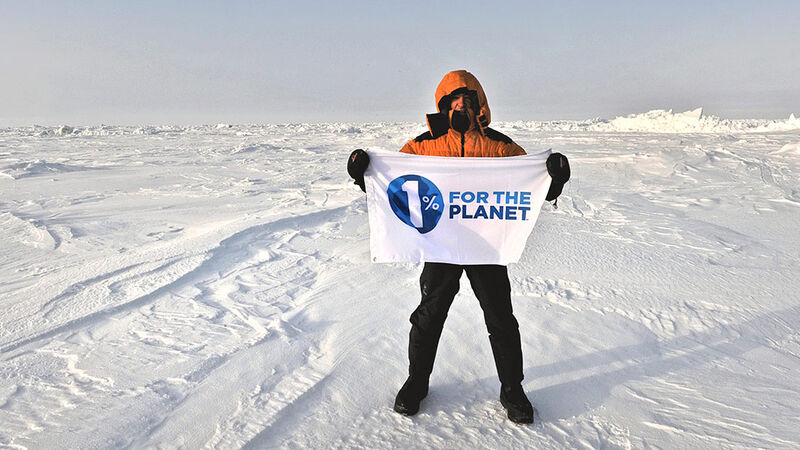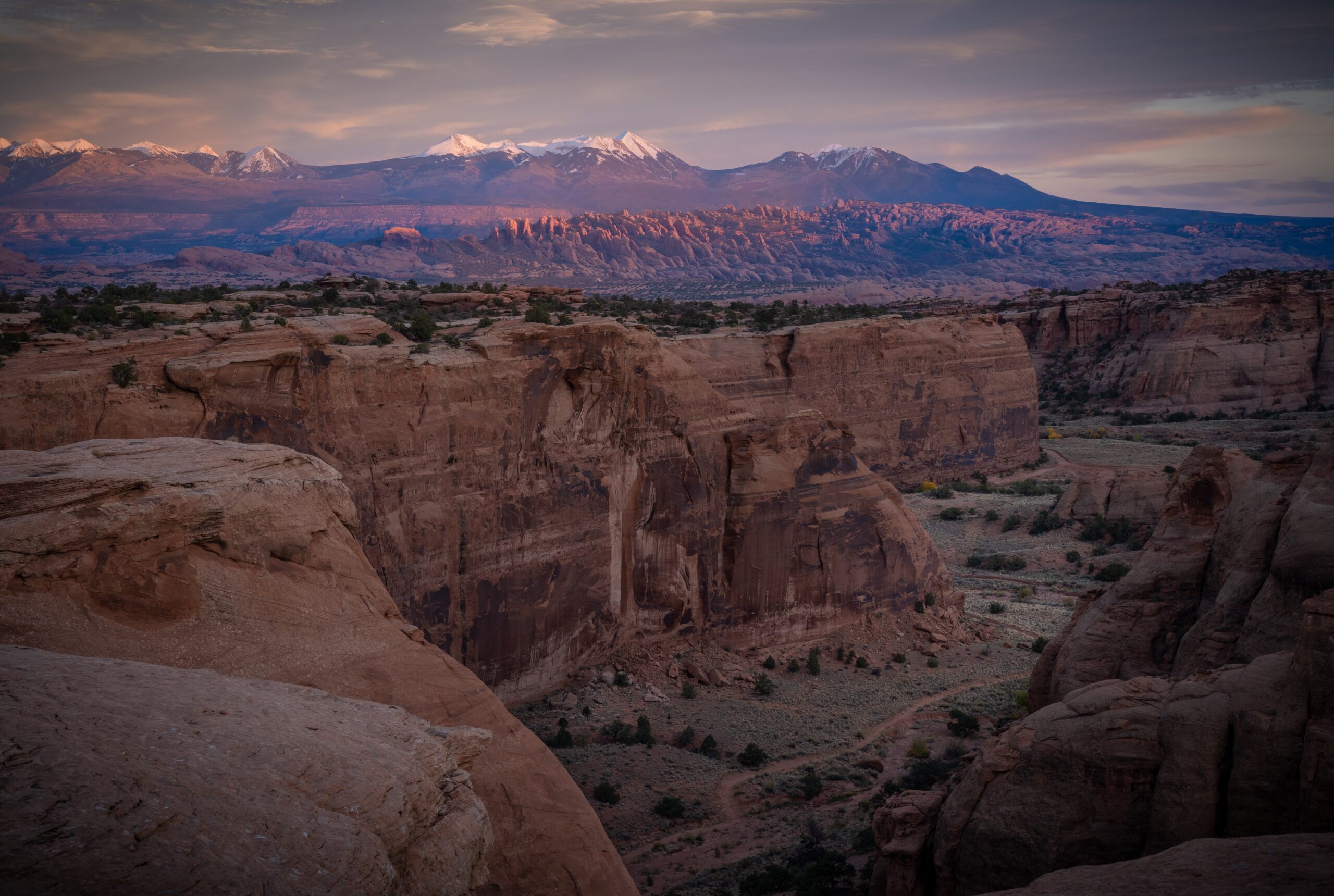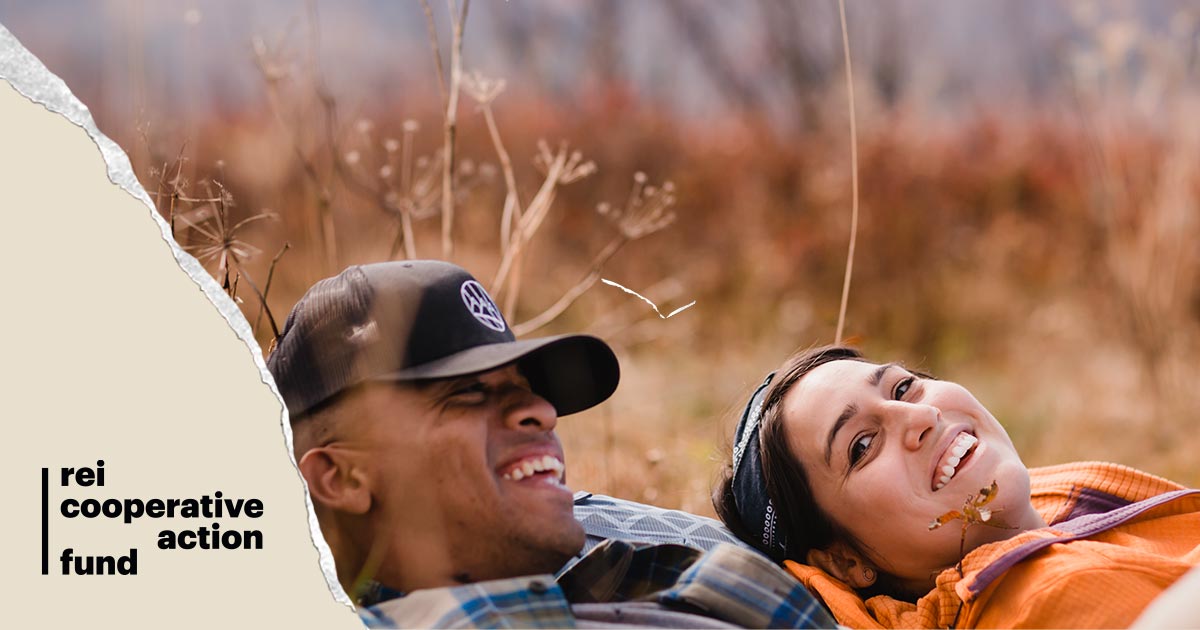I got a couple questions...
How and why do organizations like SUWA have greater funding and better resources (like legal staff) than organizations like BRC? 2021 is the most recent year available for BRC's 990 financial disclosure so I matched that with SUWA's 2021 990: BRC had roughly $750K of income and SUWA had just shy of $9M. Quite a difference. BRC received about $40k in "government grants" while SUWA received $600k. Disclosure of individual donations is not mandatory on a 990, so the granular data is obscured. I work for a non-profit that has to file a 990 and it's the same for us.
I can only find limited data, but it seems that OHV trail use (road-going vehicles and UTVS/SxS, etc) has risen dramatically in the past 10-15 years. From that assumption, how much of the activity by orgs like SUWA is simply a reaction to new and uneducated OHV users not using trails correctly? That can encompass everything from not following posted or non-posted speed limits on FS/BLM land, to going off-trail or creating new routes not on management plans or MVUMs, to leaving trash behind. The follow up question is what can "we" as OHV users/wheelers/people who use public lands in a motorized way do about it? Obviously orgs like Stay the Trail are engaged on this front, but they are small and can't be everywhere at once. As a single data point I will say that every time we go onto public lands, whether in a motorized way or not, we see somebody breaking the established rules or evidence thereof. Usually it's an active situation. In my opinion, most of the rules are basic and reasonable.
I'm trying to form and clarify my own 10000 foot view of this situation and these are questions I keep coming back to that feel like holes in my knowledge.




